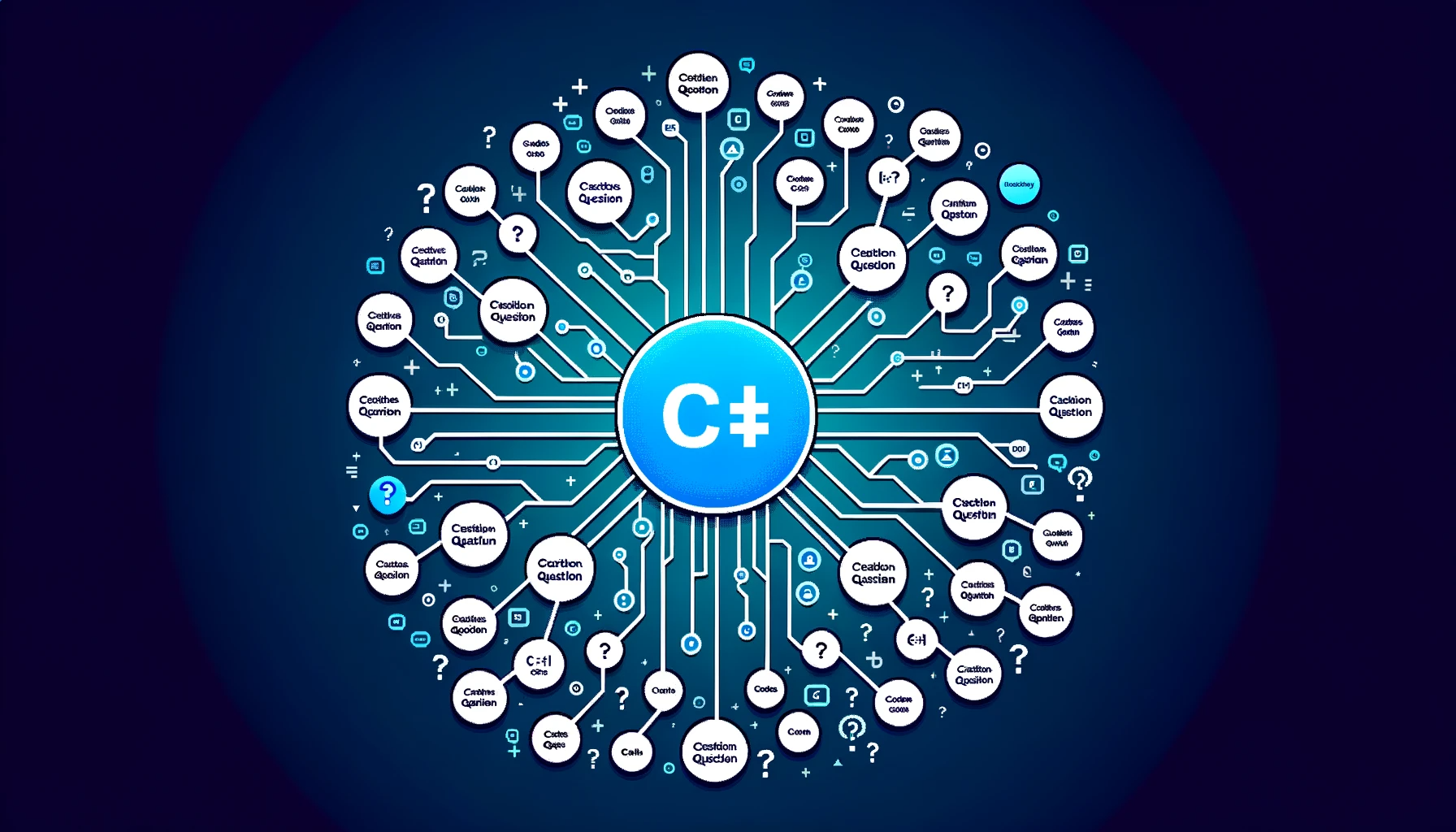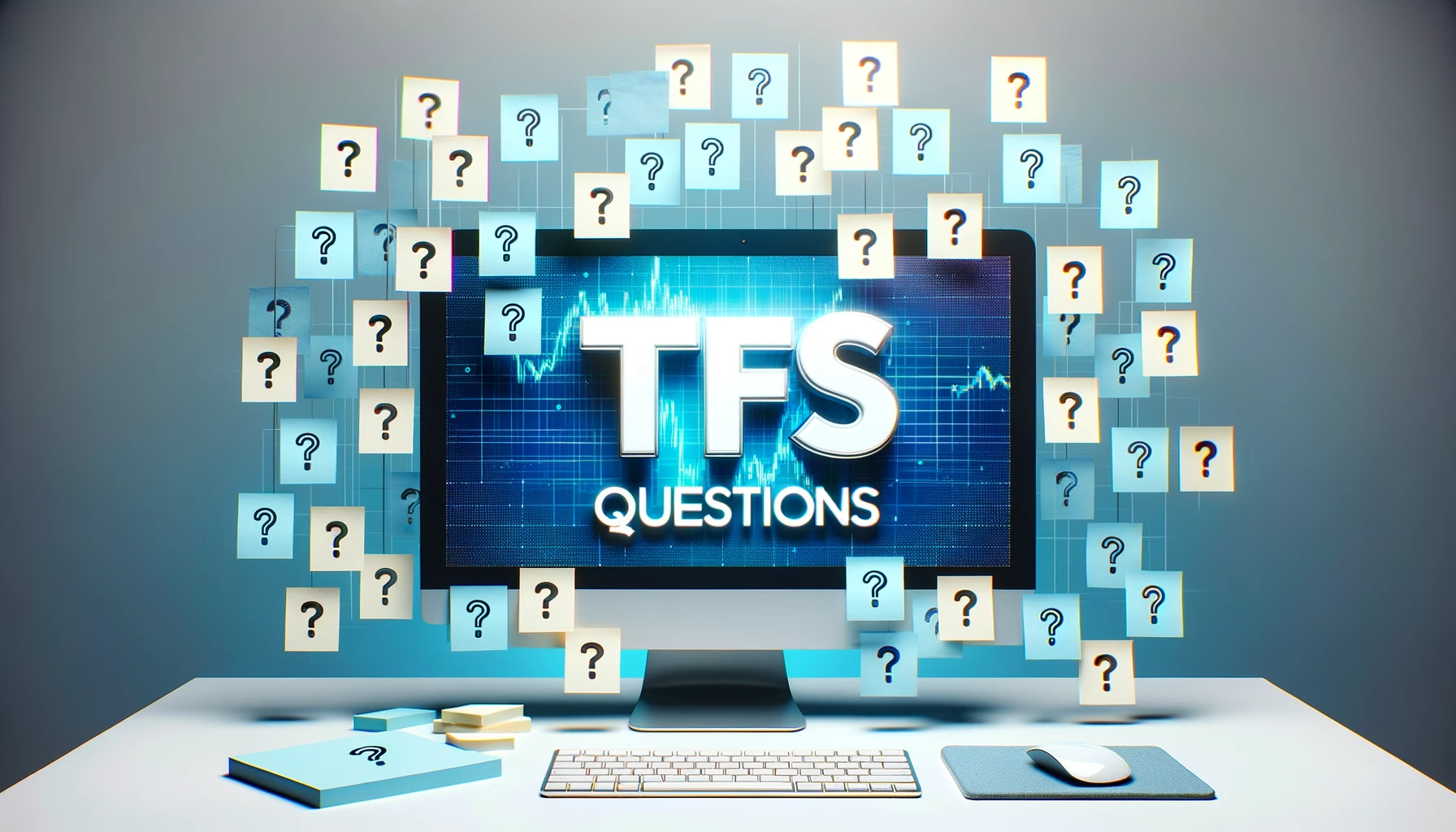
Below are 40 intermediate-level questions about Git, complete with answers and examples to deepen your understanding.
1. What is Git rebase, and how does it differ from merge?
Answer: Both git rebase and git merge are used to integrate changes from one branch into another. git rebase moves a branch to a new base commit, while git merge creates a new commit that brings in changes from another branch.
Example:
- Rebase:
git rebase main - Merge:
git merge feature
2. What is a fast-forward merge?
Answer: A fast-forward merge happens when the feature branch is directly ahead of the base branch, allowing Git to simply move the HEAD pointer forward without creating a new commit.
Example:
git checkout main git merge feature
3. How do you squash commits?
Answer: Use git rebase -i HEAD~[n] where [n] is the number of last commits you want to squash.
Example:
git rebase -i HEAD~3
4. What is a detached HEAD?
Answer: A detached HEAD occurs when you check out a commit that is not the tip of any branch, which can be dangerous for making changes.
5. What are Git hooks?
Answer: Git hooks are scripts that run automatically before or after events like commit, push, and receive.
6. What is git bisect?
Answer: git bisect is a binary search tool that helps to find the commit that introduced a bug.
Example:
git bisect start git bisect bad git bisect good [good_commit]
7. How do you revert a specific file to a specific commit?
Answer: Use git checkout [commit_hash] -- [file_path].
Example:
git checkout abc123 -- my-file.txt
8. What is a remote tracking branch?
Answer: It’s a branch in your local Git repository that tracks a branch on a remote repository.
9. What is git annotate?
Answer: git annotate is similar to git blame. It shows who made each change in a file and when, line by line.
Example:
git annotate my-file.txt
10. How do you rename a branch?
Answer: Use git branch -m [old_name] [new_name].
Example:
git branch -m old-name new-name
11. How can you configure a global .gitignore?
Answer: Use git config --global core.excludesFile '~/.gitignore_global' to set a global .gitignore file.
12. What is git stash pop?
Answer: git stash pop applies stashed changes and removes them from the stash.
Example:
git stash pop
13. How do you remove a submodule?
Answer: To remove a submodule, you need to delete the relevant section from .gitmodules and .git/config, then run git rm --cached [path_to_submodule].
14. What is git clean?
Answer: git clean is used to remove untracked files and directories.
Example:
git clean -fd
15. How do you configure aliases in Git?
Answer: Use git config --global alias.[alias_name] '[git_command]'.
Example:
git config --global alias.st 'status'
16. How do you ignore changes in a tracked file temporarily?
Answer: Use git update-index --assume-unchanged [file].
Example:
git update-index --assume-unchanged config.yml
17. What is a bare repository in Git?
Answer: A bare repository is a Git repository without a working directory. It is suitable for sharing and collaborating.
18. How do you archive a repository?
Answer: Use git archive to create a tar or zip archive of a Git repository.
Example:
git archive --format=tar --output=/path/to/archive.tar HEAD
19. How do you create and apply patches in Git?
Answer: Use git format-patch to create a patch and git apply to apply a patch.
Example:
git format-patch -1 git apply 0001-Commit-Message.patch
20. What are pre-receive, update, and post-receive hooks in Git?
Answer: These are server-side hooks. Pre-receive enforces rules before updates are done, update is invoked once for each branch, and post-receive runs after the update is accepted.
21. What is git cherry?
Answer: git cherry is used to find commits yet to be applied to the upstream.
Example:
git cherry -v main feature-branch
22. What does git revert do?
Answer: git revert creates a new commit that undoes changes made in a specific commit, without rewriting history.
Example:
git revert [commit_hash]
23. What is a Git blob?
Answer: A blob (Binary Large Object) is a type of object that represents a file in Git. It stores the file data but doesn’t contain any metadata.
24. What are Git sub-trees?
Answer: Git sub-trees allow you to embed one repository inside another as a sub-directory, without using submodules.
25. How do you set up a Git proxy?
Answer: You can set up a Git proxy using the http.proxy or https.proxy configuration.
Example:
git config --global http.proxy http://proxy.example.com:8080
26. What is git reflog?
Answer: git reflog shows a log of where your HEAD and branch references have been, useful for recovering lost commits.
Example:
git reflog
27. How do you delete a local branch?
Answer: Use git branch -d [branch_name] or git branch -D [branch_name] to forcefully delete.
Example:
git branch -d feature-branch
28. How do you delete a remote branch?
Answer: Use git push [remote_name] --delete [branch_name].
Example:
git push origin --delete feature-branch
29. What is git filter-branch?
Answer: git filter-branch lets you rewrite Git revision history, such as changing email addresses, removing files, etc.
30. How do you configure different emails for different repositories?
Answer: You can use git config user.email [email] within the repository directory to set a specific email for that repo.
Example:
git config user.email "email@specific.repo"
31. What is the Git staging area?
Answer: The staging area is an intermediate area where commits can be formatted and reviewed before completing the commit.
32. What is git gc?
Answer: git gc (Garbage Collect) cleans up unnecessary files and optimizes the local repository.
Example:
git gc
33. What are symbolic references in Git?
Answer: A symbolic reference is a file that contains a string that references another reference.
34. How do you solve conflicts in Git?
Answer: Conflicts can be solved manually by editing the conflicted files, then adding and committing them.
Example:
# Edit files to resolve conflict git add . git commit
35. What is a tracking connection in Git?
Answer: A tracking connection links your local branch to the remote branch and helps you push, fetch, and pull changes.
36. What is git stash drop?
Answer: git stash drop removes a single stashed state from the stash list.
Example:
git stash drop
37. How do you list only the files that have changed between two commits?
Answer: Use git diff --name-only [commit1] [commit2].
Example:
git diff --name-only HEAD HEAD~1
38. What are Git notes?
Answer: Git notes are used to add metadata to Git objects like commits, without changing the objects themselves.
39. How do you edit an incorrect commit message?
Answer: Use git commit --amend.
Example:
git commit --amend -m "New commit message"
40. What is git rev-parse?
Answer: git rev-parse parses Git references and returns the corresponding SHA-1 hash.
Example:
git rev-parse HEAD
RELATED POSTS
View all


